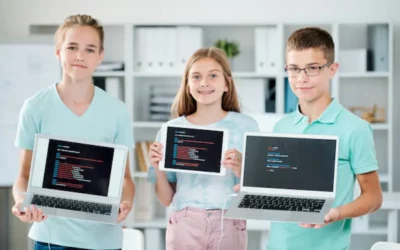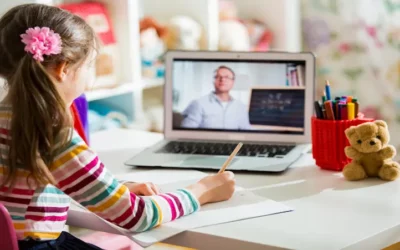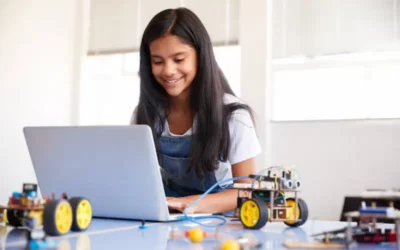In today’s fast-paced digital world, coding has become an essential skill that empowers individuals to shape and transform the technology-driven landscape. Coding is the art of instructing computers to perform specific tasks through a language understood by machines. Its significance lies in its ubiquitous presence across various industries, from software development to data analysis, artificial intelligence, and web design.
In this blog, we will explore a comprehensive guide to free coding classes, unlocking the world of coding and empowering you to embark on an exciting journey of learning programming languages and building innovative projects. Let’s dive into the vast array of resources available to help you kickstart your coding adventure!
Table of contents
Understanding the Importance of Free Coding Classes
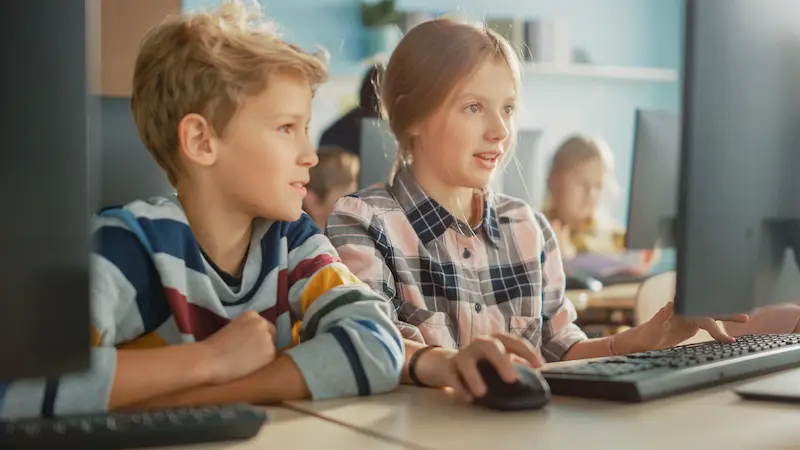
Free coding classes play a crucial role in democratising education and fostering digital inclusivity. With the increasing accessibility of these classes, people from all walks of life can now embark on a journey to learn the language of technology. Bridging the digital divide, these courses break down barriers that once limited access to technical knowledge, creating opportunities for individuals who may have been excluded from the digital revolution. Free coding for kids allows young learners to explore the fascinating world of programming without any financial barriers.
By offering free coding education, we empower aspiring learners to develop valuable skills that are highly sought-after in today’s job market. As more individuals gain proficiency in coding, the potential for innovation and progress in various fields expands, contributing to a more equitable and thriving society.
Popular Platforms Offering Free Coding Classes
Several renowned platforms have emerged as leaders in providing free coding classes, catering to learners of all skill levels. Through interactive games and projects, coding for kids allows them to create their own digital masterpieces and share them with others.
Codecademy-
One such platform is Codecademy, which offers interactive coding lessons through a user-friendly interface. It’s an excellent resource for beginners, including those exploring coding courses for kids, thanks to its diverse programming languages and hands-on projects. However, some users feel its content might be too introductory for more experienced developers.

FreeCodeCamp-
Another popular choice is freeCodeCamp, known for its extensive curriculum and emphasis on practical projects. Its strengths include a supportive community and real-world coding challenges, but some learners find the learning path can be less structured.
Coursera-
Coursera, a well-established platform, offers free coding courses from top universities. It excels in offering comprehensive courses with peer-reviewed assignments, but some users mention that access to all features might require a paid subscription.
edX-
Additionally, edX, a non-profit platform, offers coding classes from renowned institutions globally. Its strengths lie in high-quality content and academic rigor, but some learners find its courses can be more challenging for beginners.
Choosing the Right Coding Language for Beginners
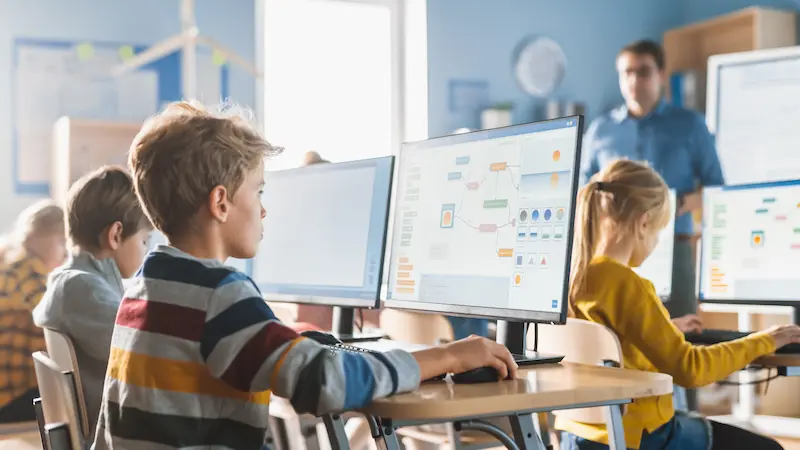
When embarking on a coding journey, selecting the right programming language is crucial for a smooth and fulfilling learning experience. Through interactive games and activities, kids coding languages empower children to create their own digital projects. Different coding languages serve various purposes, and understanding their applications can help beginners make an informed choice.
- Python: Widely regarded as an excellent language for beginners, Python is known for its readability and simplicity. It is versatile, used in web development, data analysis, artificial intelligence, and automation.
- JavaScript: As the backbone of web development, JavaScript is essential for creating interactive websites and web applications. It’s beginner-friendly due to its widespread use and vast community support.
- Java: Java is a robust and widely-used language, commonly employed in Android app development and enterprise-level applications. While more verbose than Python, it offers strong object-oriented programming concepts.
Factors to consider when choosing a language:
- Purpose: Define your goals and what you want to achieve with coding, whether it’s web development, data science, or mobile app creation.
- Ease of Learning: Beginners may prefer languages with simpler syntax and clear documentation.
- Community Support: A strong community can provide valuable resources, tutorials, and support.
Some Tips about Getting Started with Free Coding Classes
Through coding classes for kids, children gain a solid foundation in computer science concepts and programming languages. Certainly! Here are some points with tips about getting started with free coding classes:
1. Research Online Platforms: Explore websites like Codecademy, Coursera, edX, and Khan Academy that offer a variety of free coding courses suitable for beginners.
2. Choose the Right Language: Select a programming language that aligns with your goals and interests, such as Python for versatility or JavaScript for web development.
3. Start with Basics: Begin with introductory courses that cover fundamental concepts like variables, loops, and functions, building a strong foundation for more complex topics.
4. Practice Regularly: Dedicate consistent time to practise coding exercises and challenges to reinforce your understanding and improve your skills.
5. Work on Projects: Apply what you learn by working on personal projects or joining open-source initiatives, gaining hands-on experience and building a portfolio.
6. Seek Community Support: Engage with coding communities, forums, and social media groups to ask questions, share experiences, and learn from others.
7. Review and Refactor Code: Regularly revisit your old code to identify areas for improvement, and learn how to optimise and clean up your solutions.
8. Embrace Problem-Solving: Coding involves constant problem-solving. Embrace challenges and view errors as opportunities to learn and grow.
9. Stay Curious: Explore different aspects of coding, such as web development, data science, or mobile app development, to discover your passion within the field.
10. Be Patient and Persistent: Learning to code takes time and effort. Be patient with yourself and keep persevering even when faced with difficult concepts.
11. Utilise Free Resources: Take advantage of free coding resources like YouTube tutorials, blogs, and coding forums to complement your learning.
12. Network and Collaborate: Connect with fellow learners and programmers, attend coding events, and collaborate on projects to expand your knowledge and make valuable connections.
Projects and Exercises to Reinforce Learning
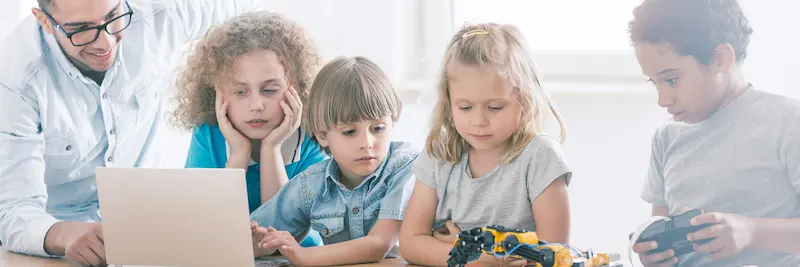
Hands-on projects and exercises play a crucial role in coding education, as they provide learners with real-world applications for the concepts they have learned. Through interactive coding games and activities, computer coding for kids sparks their curiosity and nurtures problem-solving abilities. Here are some examples of practical projects that learners can work on:
- Personal Portfolio Website: Create a personal portfolio website using HTML, CSS, and JavaScript. Showcase your projects, skills, and achievements to potential employers or clients.
- Todo List Application: Develop a simple todo list application that allows users to add, edit, and delete tasks. Use JavaScript for functionality and CSS for styling.
- Calculator: Create a basic calculator application with HTML, CSS, and JavaScript. Implement arithmetic operations like addition, subtraction, multiplication, and division.
- E-commerce Website: Build an online store with features such as product listings, shopping cart, and checkout process. Use frameworks like React or Angular for frontend and Node.js for backend.
- Game Development: Create a simple 2D game using game development frameworks like Phaser or Unity. Explore concepts like game physics, collision detection, and user input handling.
Free Coding Classes for Advanced Learners
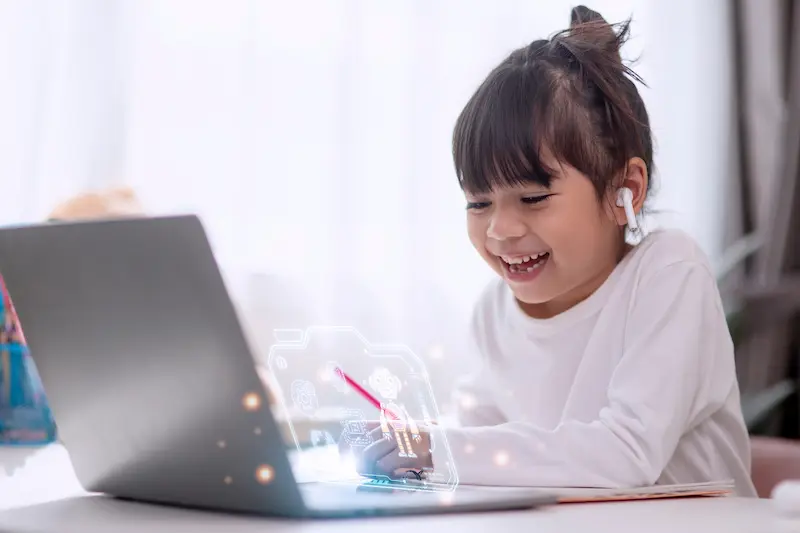
- Machine Learning and Artificial Intelligence:
Delve into the fascinating world of machine learning and artificial intelligence. Learn about advanced algorithms, deep learning frameworks, neural networks, natural language processing (NLP), computer vision, and more. You’ll get hands-on experience with real-world projects, enabling you to create intelligent applications and systems.
- Cybersecurity and Ethical Hacking:
As an experienced developer, you understand the importance of cybersecurity. In these classes, we’ll take you through advanced techniques used by ethical hackers to secure networks, identify vulnerabilities, and protect against cyber threats. Topics include penetration testing, cryptography, network security, and secure coding practices.
- Advanced Web Development:
Take your web development skills to new heights with our advanced web development classes. Explore modern frontend frameworks like React, Angular, or Vue.js, and dive into backend technologies such as Node.js, Python, or Ruby on Rails. Discover best practices for building scalable and high-performance web applications.
Many coding courses and tutorials are designed to teach Python for kids, Introducing them to the world of programming in a playful and interactive way. Enrolling with a computer programmer for kids can make this introduction even more engaging and structured, fostering a deeper understanding of programming concepts.
Conclusion
Unlocking the world of coding has never been easier with the plethora of free coding classes available online. Whether you aspire to become a web developer, data scientist, AI expert, or mobile app developer, these resources provide you with the knowledge and tools to succeed. Remember, coding is a journey of continuous learning and problem-solving. Embrace challenges, seek help from coding communities, and never stop exploring new technologies. So, embark on this exciting coding adventure and unlock your potential to change the world through code.
Explore the BrightCHAMPS blog page to discover educational insights, tips, and strategies to enhance your child’s learning experience.
To get your hands on more educational and free resources on coding for kids, robotics for kids, financial education for kids, etc., do check out the BrightCHAMPS Page now!
Frequently Asked Questions (FAQs)
A1. Free coding classes are online courses or tutorials offered by various platforms without any cost. They allow individuals to learn programming languages and skills without financial barriers.
Q2. Are free coding classes effective?
A2. Yes, free coding classes can be highly effective for learning programming basics and getting started with various languages. However, for advanced topics, you may need to explore more comprehensive resources.
Q3. Can I become a programmer through free coding classes?
A3. Absolutely! Many successful programmers have started their coding journey with free online classes. The key is dedication, practice, and continuous learning.
Q4. Which programming language should I learn first?
A4. The best programming language for beginners depends on your interests and goals. Consider starting with languages like Python or JavaScript, which are beginner-friendly and versatile.
Q5. How do I contribute to open-source projects?
A5. To contribute to open-source projects, start by exploring GitHub repositories and finding projects that align with your interests. Then, follow the project’s guidelines and submit your contributions through pull requests.

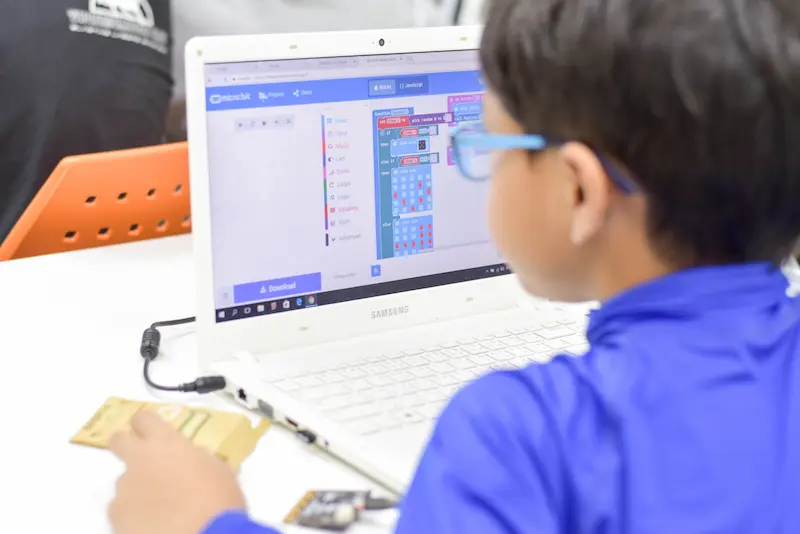
 We are an army of educators and passionate learners from BrightChamps family, committed to providing free learning resources to kids, parents & students.
We are an army of educators and passionate learners from BrightChamps family, committed to providing free learning resources to kids, parents & students.








